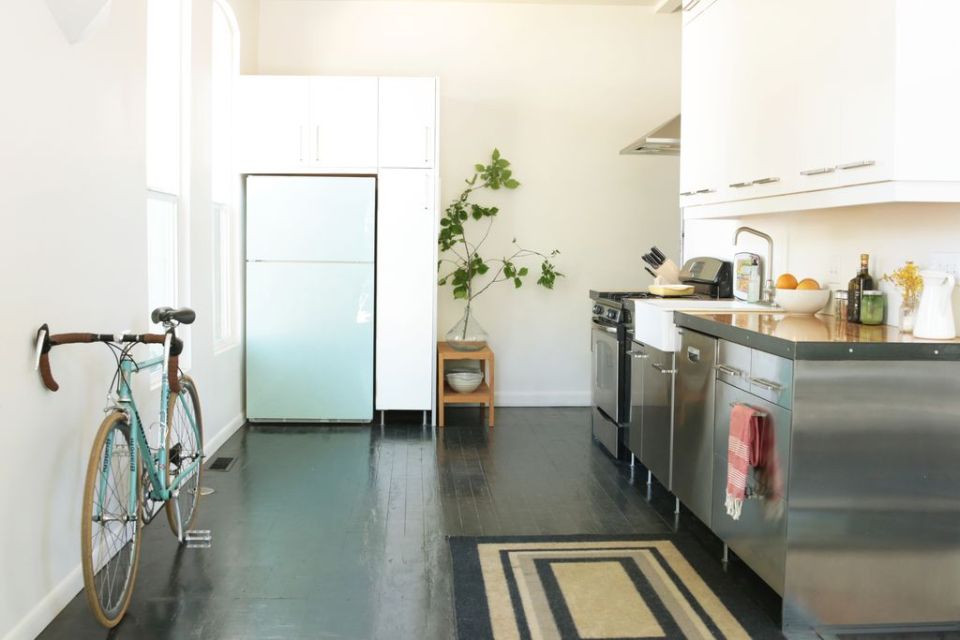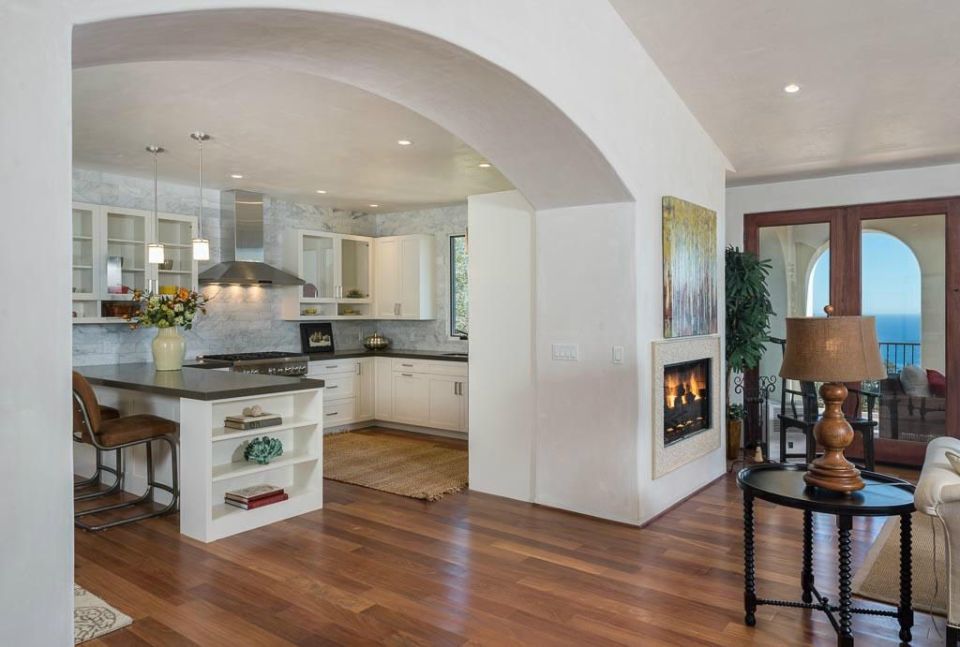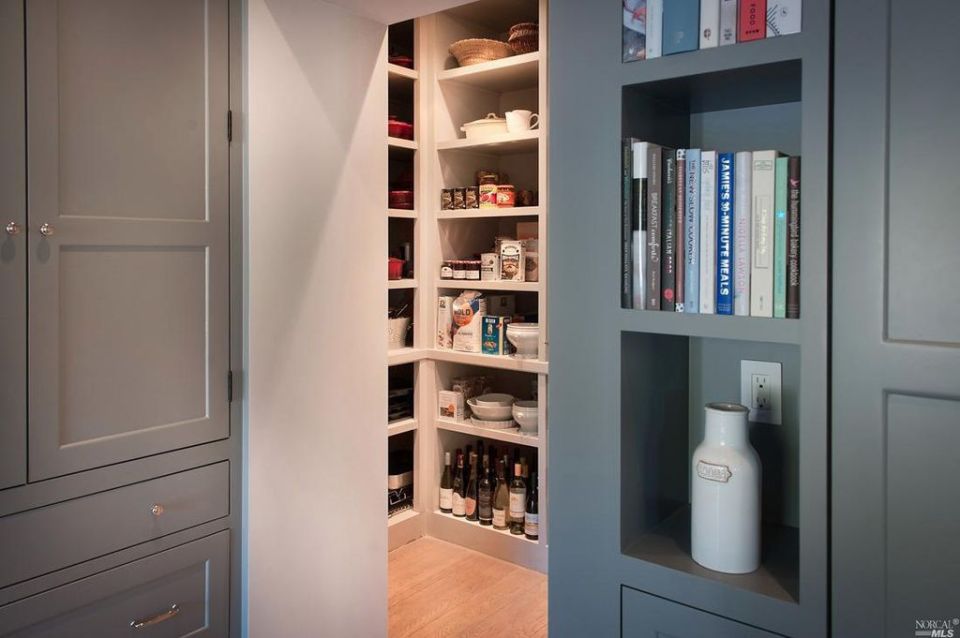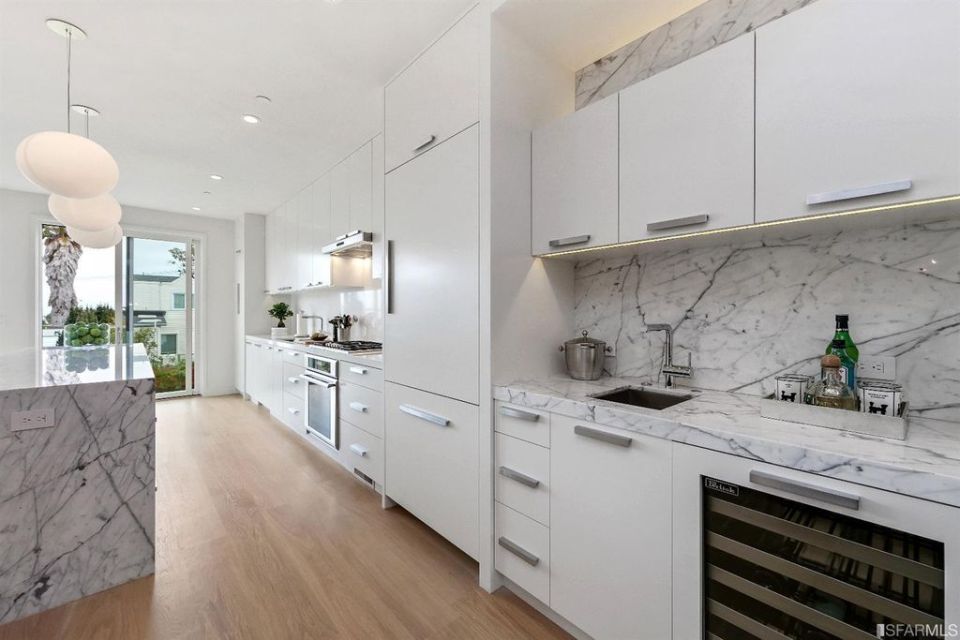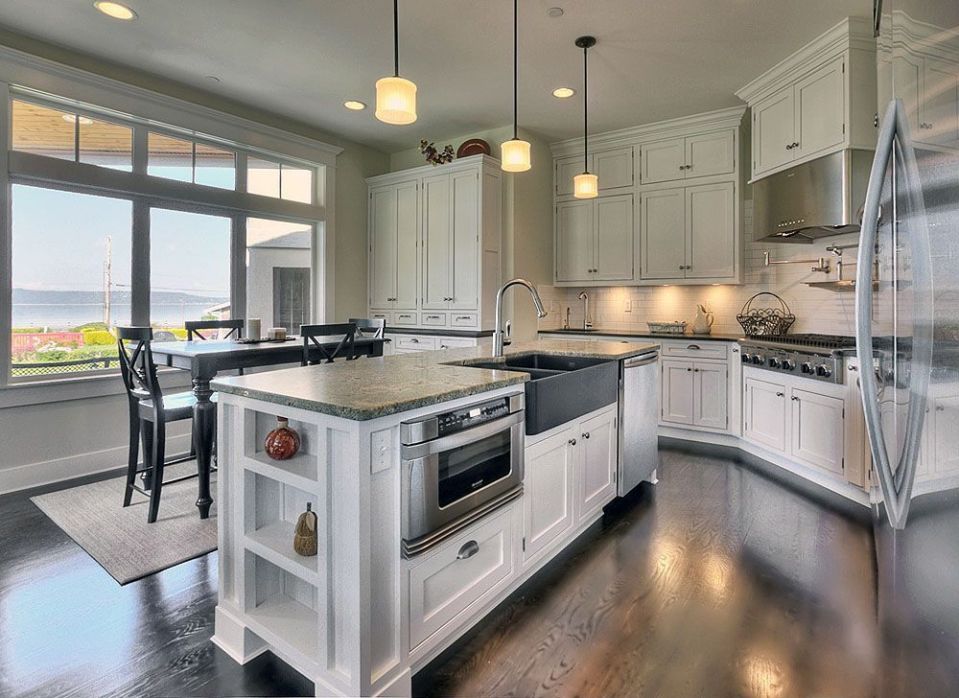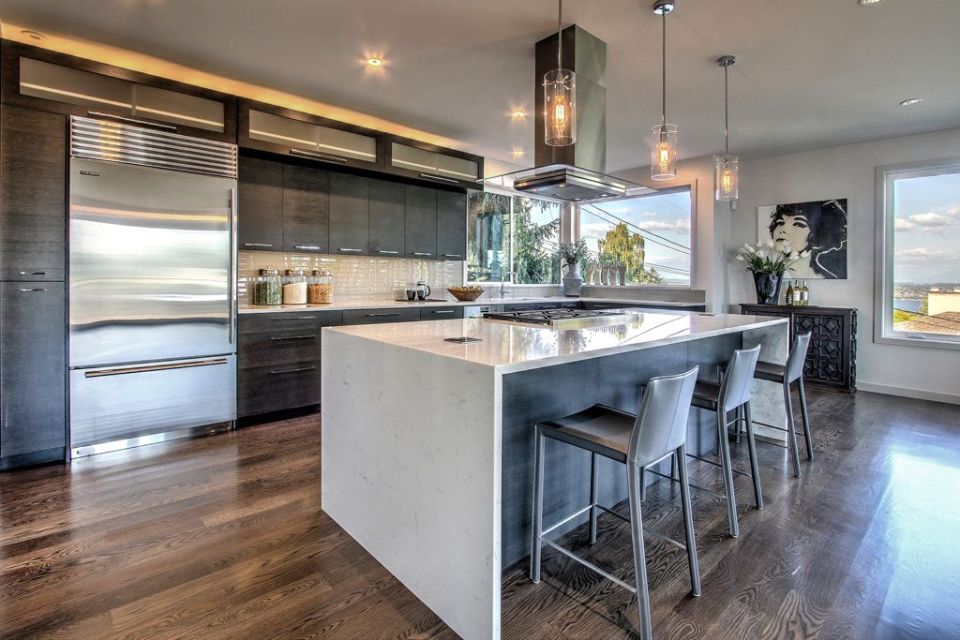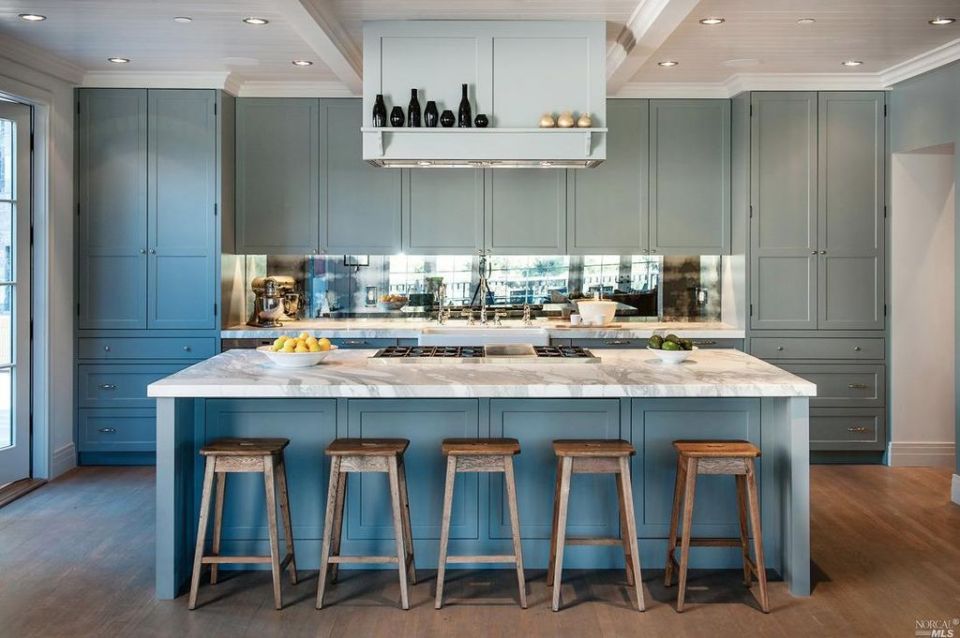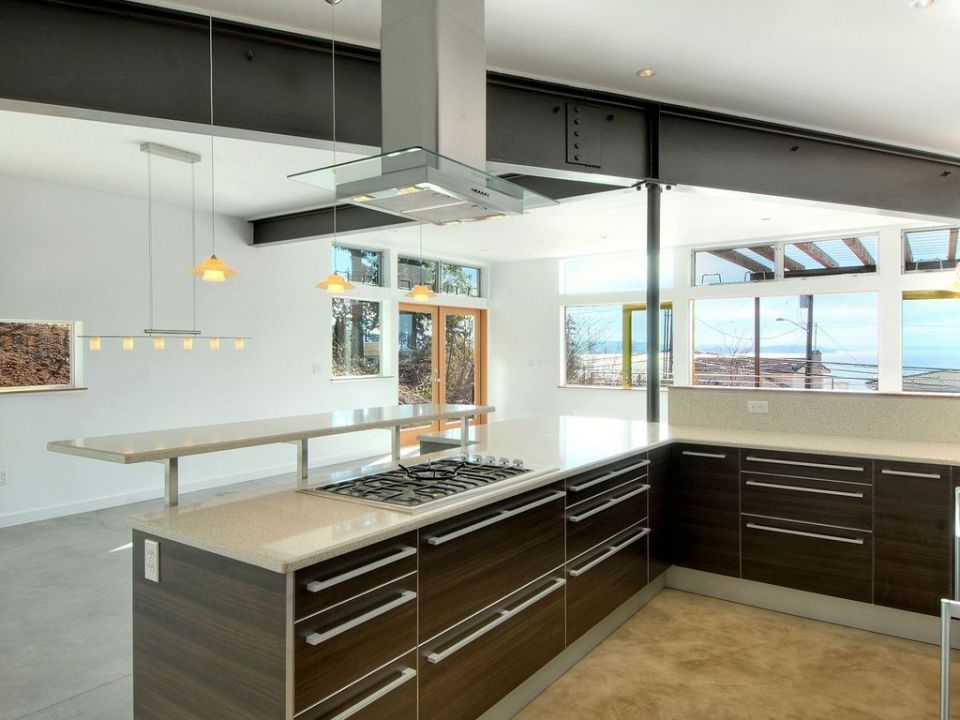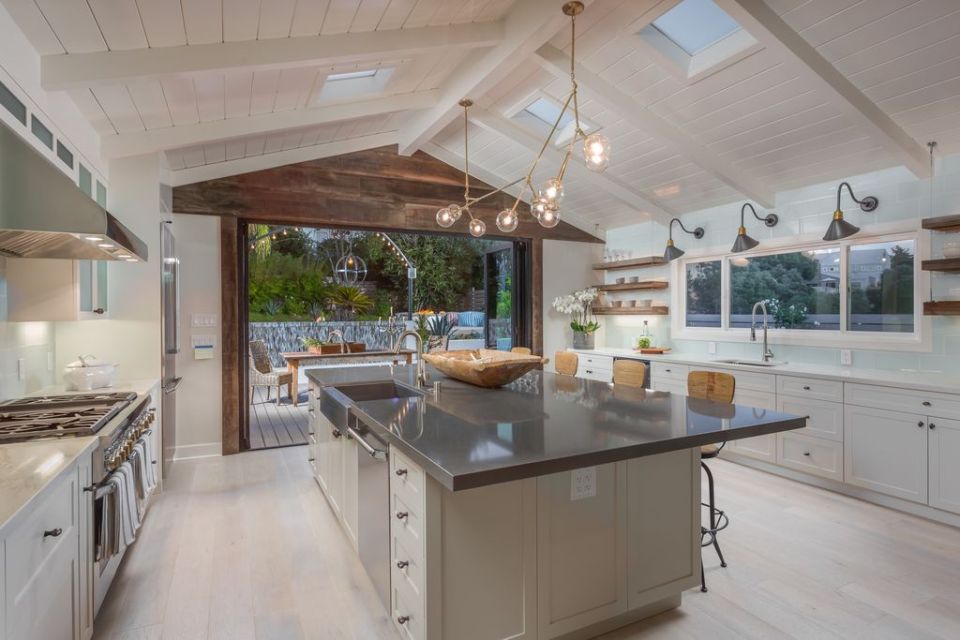When you move into a place, it’s normal to want to make it your own, by hanging pictures or even painting an accent wall cherry red. But when you’re renting, you’d best remember: Any changes you make may be reversed by your landlord once you move out and with your money. That’s why renters have to walk a fine line between making themselves feel at home and making changes that will cost them their security deposit.
“If you decide to paint the walls while you are there, you must return them to their original color or the landlord is within their rights to use the deposit to pay for it themselves,” says Trent Zachmann of Renters Warehouse. He explains that many landlords treat modifications or improvements and accidental damages the same when it comes to taking money from your security deposit. “An owner can withhold all or part of the deposit to correct either type of issue,” he says.
But all is not lost: Sometimes modifications can be made with the owner’s approval. Just make sure you’re 100% clear about the stipulations of your lease before you pick up a paintbrush or hammer. Straight from the mouths of landlords, here’s a list of upgrades tenants have attempted that they hate—and will use your security deposit to fix.
1. Painting
This is the No. 1 alteration that landlords complain about.
Annmarie Bhola, a landlord in New York City, understands that for first-time renters especially, there’s an excitement with moving into a new home. And, to many, that means breaking out the paint.
“To feel at home, a fresh coat of personality-defining color is the icing on the cake,” she says. “That’s all cool, but know that if you paint the walls hot pink, it will be coming out of the security deposit! That was one of the most memorable colors I’ve had to repaint.”
Atlanta landlord Bruce Ailion describes creative painting projects as his biggest headache.
“You would think a tenant would pick a neutral color and have a professional paint,” he laments. “Instead they paint purple or black, get paint on the ceiling, on the trim, on the door knobs and outlets. Some will paint around the bed and pictures. It’s a mess.”
2. Hanging pictures
After repainting, filling in holes in drywall is one of the most common issues landlords have to deal with after a tenant moves out.
“Everyone likes to put up pictures, and fortunately new technologies have brought about alternative, less destructive hanging methods, which is great,” says Bhola. So then why don’t more people think to use Command strips instead of nails? “Nine out of 10 times, I always have to fill in the holes and bust out the spare bucket of paint.”
3. Installing window treatments
We know: Those white plastic vertical blinds are so ugly. Your impulse to put up a curtain rod or Roman shades is completely normal. But the holes you have to drill into the wall to mount the window treatments, like those for your pictures, will require patching once you move out. Landlords fume every time they see big screw marks around the window frame.
“Repairing the holes ends up being expensive and time-consuming,” says Zachmann. If you must hang curtains, use large Command hooks that adhere to the wall and don’t leave any stickiness behind.
4. Mounting a TV
What’s worse than hammering nails into the drywall to hang pictures or curtains? Drilling holes in the wall to mount your flat-screen TV.
“The screws have to go directly into the center of studs,” says Brian Davis, director of education at real estate service company SparkRental. “At best, the renter will have screwed 10 to 20 holes into the wall. At worst, the TV will crash to the floor [because it wasn’t mounted correctly], possibly injure someone, shatter the TV, and take a chunk of the wall down with it.” He recommends that renters use a TV stand.
5. Gardening
You would think that planting a few tulips would delight a landlord. But that’s not necessarily the case.
“As a landlord, I want the most maintenance-free rental as possible,” says Atlanta-area property owner and real estate writer Laura Agadoni. “In some cases, I pay for a landscaping service, but I would not want to keep up a garden.”
So, don’t make any changes to the landscaping without the landlord’s written permission. And if you do, don’t be surprised if your security deposit is used to return the yard to its previous state.
6. Updating appliances
If you’re not a fan of that noisy old refrigerator in your rental, it’s perfectly fine to swap it out with a new one of your own so long as you talk it over with your landlord first, and then reconnect the old one after you move out.
“What’s never acceptable is swapping out an appliance, throwing the old one away, and then taking the new one with you when you move out, leaving a gaping hole where there was once an appliance,” says Davis.
So if there’s something you’d like to update, just ask your landlord about it first. You never know.
“What some landlords will allow may be different than what other landlords allow,” says New York City broker Eric D. Rosen. “In some cases, it might even be possible that a landlord will share the cost.”
Article originally found on realtor.com


